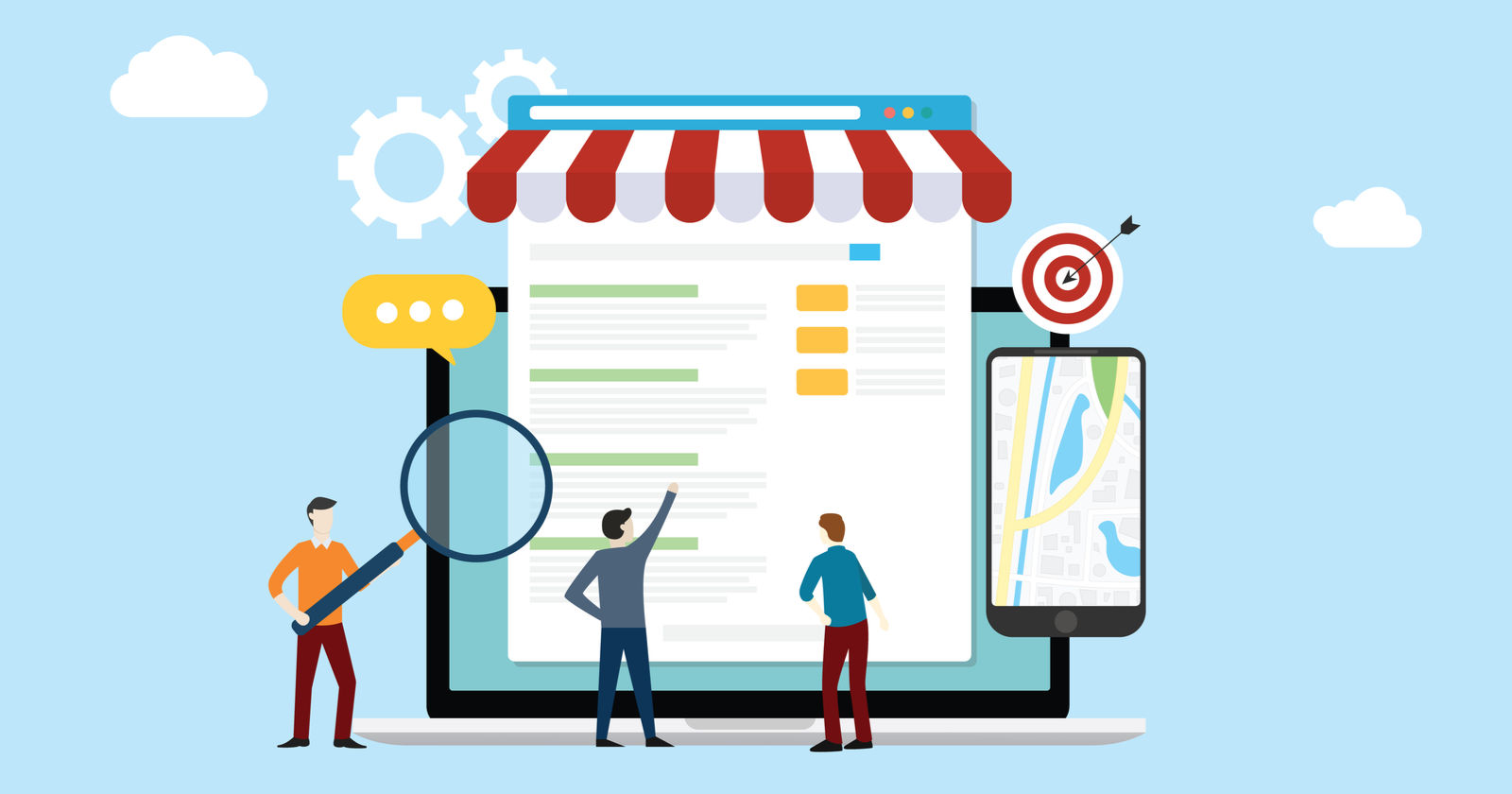Today’s Ask An SEO question comes from Sussana in Guatemala. Sussana asks:
“What is the best way to write a proper meta description for store locations? Should they contain the store’s phone number?”
Thanks for the great question, Sussana!
There is no one right way to write a meta description for a store location, but there are plenty of wrong ways.
Below, you’ll find what we do when creating meta descriptions for locations for our clients. These same principles apply to some product, service, and category pages, too.
One thing that’s important to note is that meta descriptions likely will not help you rank in Google at this point.
They do help you to get more traffic to your website from your rankings, though.
Think of the meta title as the advertisement that gains the attention of your potential customer.
The title should lure the person into your ranking and then the description needs to let the person know that if they click through to your website, they’ll find what they’re looking for.
Now let’s look at writing meta descriptions for location pages.
First, create some ads for Google and Bing if you’re in the U.S., or with your country’s predominant search engines.
Test title tag and meta description combinations to see what gets the highest click-through rates.
From there, you’ll measure conversions as a secondary attribute.
The goal of these PPC ads is not revenue; it’s to figure out what will get the person searching to engage with you and to make sure this person will convert into leads or sales.
From there, you can work on your page experience to convert this traffic even higher.
Things you can test include keywords, phone numbers, local lingo, and landmarks.
Once you know what causes people to click through, it’s time to write your descriptions.
Bonus tip: More engagement doesn’t mean more business. In fact, it can cost you money.
Phone numbers are important if you’re service-based and have customers looking to talk on the phone.
Having matching area codes can also assure the person you are, in fact, local, and they won’t get stuck in a massive phone bank system.
At the same time, if you’re a retailer or a restaurant and the majority of calls end up being returns or questions about hours, this takes away from you helping customers already inside your store and can cost you money.
Here is what I think about and include when writing a store location meta description:
Are There Any Landmarks That Locals Reference?
Maybe a street name is AB but locals refer to it as XY.
I’d reference our XY location as 1, 2, and 3, vs. the official street name.
It’s more specific and speaks directly to your potential customer. If you’re a hotel and cater to tourists, it may be better to use the actual name.
Can We Answer the Most Common Question & Provide a Solution?
If the most common questions are hours of operation or about making an appointment, instead of a phone number, say, “Schedule your appointment for M – F between 9 and 3 online for AB location.”
This answer clarifies what the person can do and addresses the user’s concern.
The title tag will have keywords and relevant information like “Logan Circle Pharmacy” or “North Austin Hardware Stores.”
Will This Description Bring in New Business?
As with the above, we may want to direct help and support queries over to an about or contact page instead of a lead and sales funnel.
If the phone number converts more leads, then we can absolutely include it here.
Have We Properly Explained What the Person Will Find if They Click Through?
This is the most important one.
If you do not describe what the purpose of the page is and how your potential visitor will benefit, you’ll likely end up with a bounce.
Make sure your description and page experience match to help ensure the person not only visits your location page, but also engages with you.
Seasonality Can Help Create Great Meta Descriptions, Too!
One big bonus tip is to go seasonal with your meta descriptions if you’re a local store or service provider.
- Parking garages near an arena can change based on the season; “Close to the Washington Wizards” during basketball season and “Close to the Caps Games” for hockey, for example.
- Farms can mention cherry season in the spring and pumpkin season in the fall. Certain things are year-round like educational trips, but the actual goals of the end-user change and your meta description is the perfect way to share that your location has the right solution.
- Event spaces can talk about weddings for the summer and corporate parties for the winter.
- Photographers should focus on senior portraits and weddings in the spring, then flip to holiday and family shoots for the fall.
Think about how you can give a relevant answer to what the person is looking for and make it engaging.
That is what makes a good meta description versus something that gets skipped over.
I hope this helps!
More Resources:
- 10 Mistakes to Avoid When Writing Your Meta Descriptions
- How to Produce Quality Titles & Meta Descriptions Automatically
- 10 Important 2021 SEO Trends You Need to Know
Editor’s note: Ask an SEO is a weekly SEO advice column written by some of the industry’s top SEO experts, who have been hand-picked by Search Engine Journal. Got a question about SEO? Fill out our form. You might see your answer in the next #AskanSEO post!





